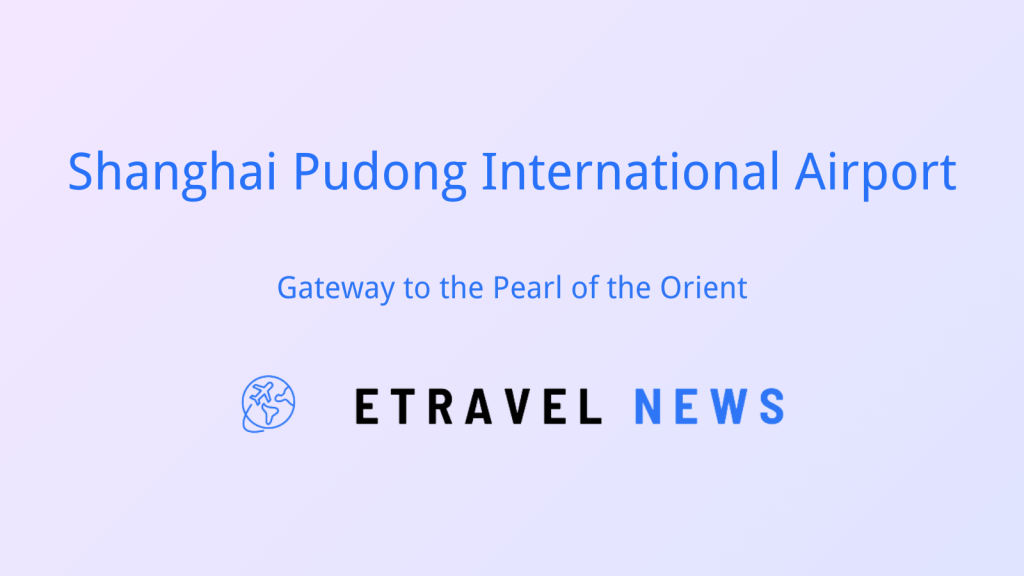
Shanghai Pudong International Airport (PVG): Gateway to the Pearl of the Orient
Introduction to Shanghai Pudong International Airport (PVG) Shanghai Pudong International Airport (PVG) stands as a testament to China’s rapid modernization and its position as a global aviation hub. Opened in 1999, PVG has quickly become one of the busiest airports in the world, serving as a vital link between China and the international community. Key […]
Shanghai Pudong International Airport (PVG): Gateway to the Pearl of the Orient Read Post »










